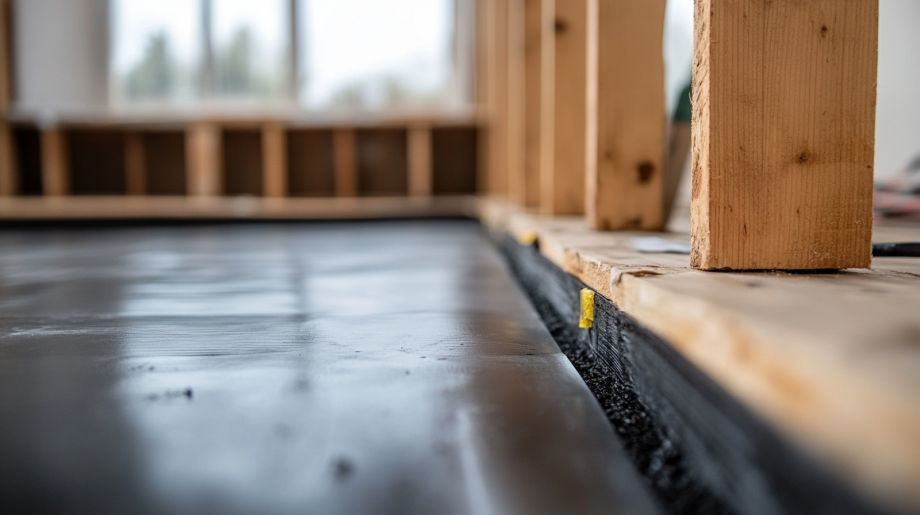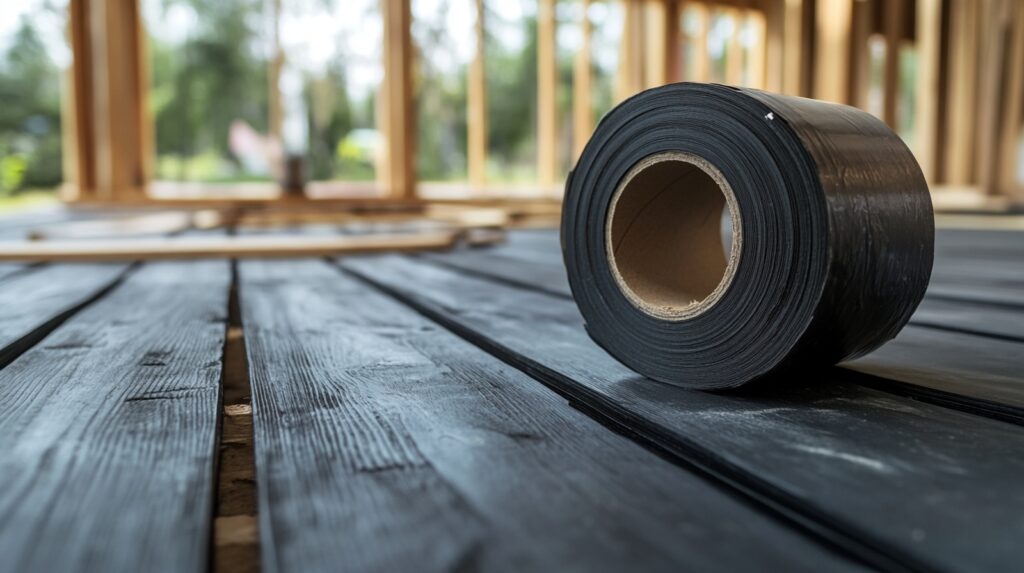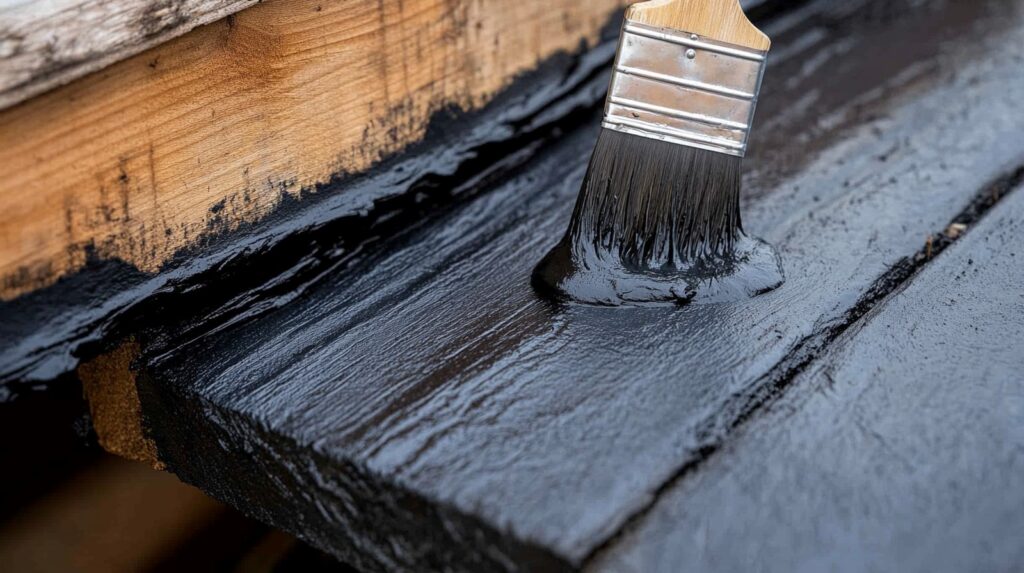
6 Deck Joist Tape Alternatives
When you’re building a deck, you want it to last for years without worrying about rot or decay. That’s where deck joist tape comes in—but what if you want to try something different?
Maybe you’re looking for an alternative that fits your budget better or just want to explore other options.
I have some good news – it’s not the only option out there.
In this post, I’ll show you 6 great deck joist tape alternatives you can use.
#1 Butyl Rubber Tape

Butyl rubber tape is the best deck joist tape alternative out there.
It’s highly durable, flexible, and designed to create a watertight seal, making it perfect for protecting your deck joists from moisture.
One of the best things about butyl rubber tape is that it handles extreme temperatures without losing its stickiness or effectiveness – it doesn’t get all gooey when it’s hot outside.
It’s easy to apply and great at sealing up those screw holes and keeping moisture out.
Now, it’s a bit pricier – you’re looking at about $10 to $20 for a roll. But many deck builders find the added protection and longevity it offers are well worth the investment.
Also Read: Double rim joist on deck
#2 Acrylic Tape
If you’re watching your wallet, acrylic tape might be a good deck joist tape alternative.
You can usually find it for about $5 to $15 a roll.
It’s not quite as tough as the butyl rubber stuff, but it still does a decent job keeping moisture away from your joists. It’s easier to work with too, which is great if you’re doing this yourself or working on a smaller project.
Just keep in mind that if you live somewhere with crazy weather, it might not hold up as well as some other options.
#3 Bitumen Paint

Next on our list is Bitumen paint which offers a different approach to joist protection.
This is a liquid that you can brush or spray right onto your joists. It creates a barrier that water can’t get through.
One of the cool things about bitumen paint is that it’s pretty cheap, especially if you’ve got a big deck to cover. You can usually get it done faster than with tape, too.
But here’s the thing – it’s not as flexible as tape – if your wood moves around a lot, it might crack.
A gallon usually costs between $20 and $40.
Also Read: Does a deck need beams
#4 Roofing Felt (Tar Paper)
Roofing felt (some people call it tar paper) is also a good substitute. It’s been around forever, and now people are using it to protect deck joists too.
You just cut it into strips and stick it on the joists.
It’s pretty cheap, especially for big decks – usually about $10 to $30 for a roll. You can find it just about anywhere, and it’s not too hard to use.
The downside? If it’s always wet, it might not last as long as some other options.
So if you live somewhere really rainy, you might need to keep an eye on it and replace it more often.
#5 Liquid Rubber Sealants
Ever seen those commercials for Flex Seal? That’s a type of liquid rubber sealant. You can brush or spray these onto your joists, and they create a waterproof barrier.
They’re pretty cool because they seal around screws and stuff too. Plus, they can stretch and move with the wood without cracking.
The downside? They can be kind of messy to use, especially if you’ve never done it before.
You’re looking at about $20 to $50 for a gallon.
It’s really great for weird-shaped areas or if you’re working on an old deck where it’s hard to get tape in there.
Also Read: Composite vs Wood decks
#6 EPDM Shower Pan Liner
Okay, this one might sound a bit weird, but stick with me.
EPDM shower pan liner – the stuff they use to waterproof showers – can actually work great for protecting deck joists. You cut it into strips and stick it on the joists.
It’s super waterproof and can handle it when the wood moves around.
Now, it’s not cheap – you’re looking at $100 to $300 for a sheet. But it’s really tough and works great in challenging environments.
The catch? It’s not the easiest stuff to work with. You might need some practice to get it right.
Wrapping Up
So, there you have it – six ways to protect your deck joists without using regular joist tape. When you’re deciding what to use, think about:
- What’s the weather like where you live?
- How big is your deck?
- How much money do you want to spend?
- How handy are you with this kind of thing?
Each option has its good points and not-so-good points.
Butyl rubber tape and acrylic tape are easy to use and stick really well. Bitumen paint and liquid rubber sealants are great for covering big areas. Tar paper is cheap and gets the job done.
And if you’re dealing with some tough conditions, EPDM shower pan liner might be just the thing.
In the end, it’s all about what works best for you, your deck, and your wallet.




